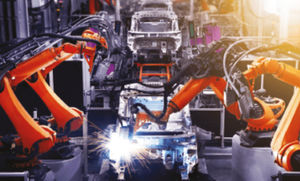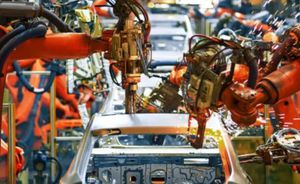
Copper alloy rod EnviB Xwire

Add to favorites
Compare this product
Characteristics
- Shape
- rod, wire
Description
As a copper and nickel alloy producer as well as a forging and casting specialist, Lebronze alloys (LBA) is actively involved in proposing ethical and ecologically sustainable solutions.
In brass applications, lead has been widely used to improve machining operations. Nowadays, there is a growing demand for alternatives to leaded brass all over the world.
EnviB X is a family of 5 alloys (EnviB 1, EnviB 10, EnviB 58, EnviB 158 and EnviB58AM). They are highly machinable brasses with max 1000 or 90 PPM lead. Max 60 PPM lead can be also produced on demand.
Thanks to its high conductivity and low level of lead, EnviB X excels in electrical, mechanical and luxury applications among others. EnviB58AM is a strictly amagnetic alloy from the EnviB range: this can be crucial in amagnetic applications, such as in hospitals.
EnviB X alloys have improved recycling capacity due to the absence of Silicon. The chips can be mixed with leaded or unleaded brass.
EnviB alloys fulfill rules and regulations like RoHs, REACH, California and Federal Drinking Water Act, UBA list, CPSIA and Öko-Tex.
Furthermore, Lebronze alloys EnviB alloys do not contain any of the following elements:
Arsenic, Bismuth, Tellurium.
EnviB: answering your machinability challenges
Lebronze alloys has a wide experience of lead-free copper-alloys manufacturing and applications: LBA is aware of the economic and technological challenges of the transition to a world of lead-free brass, and especially the challenge to maintain a high machining efficiency.
Thanks to its experience, LBA increased EnviB alloys machinability by fine tuning their composition and production processes compared to other lead-free alloys.
Catalogs
general catalogue
41 Pages
*Prices are pre-tax. They exclude delivery charges and customs duties and do not include additional charges for installation or activation options. Prices are indicative only and may vary by country, with changes to the cost of raw materials and exchange rates.



















